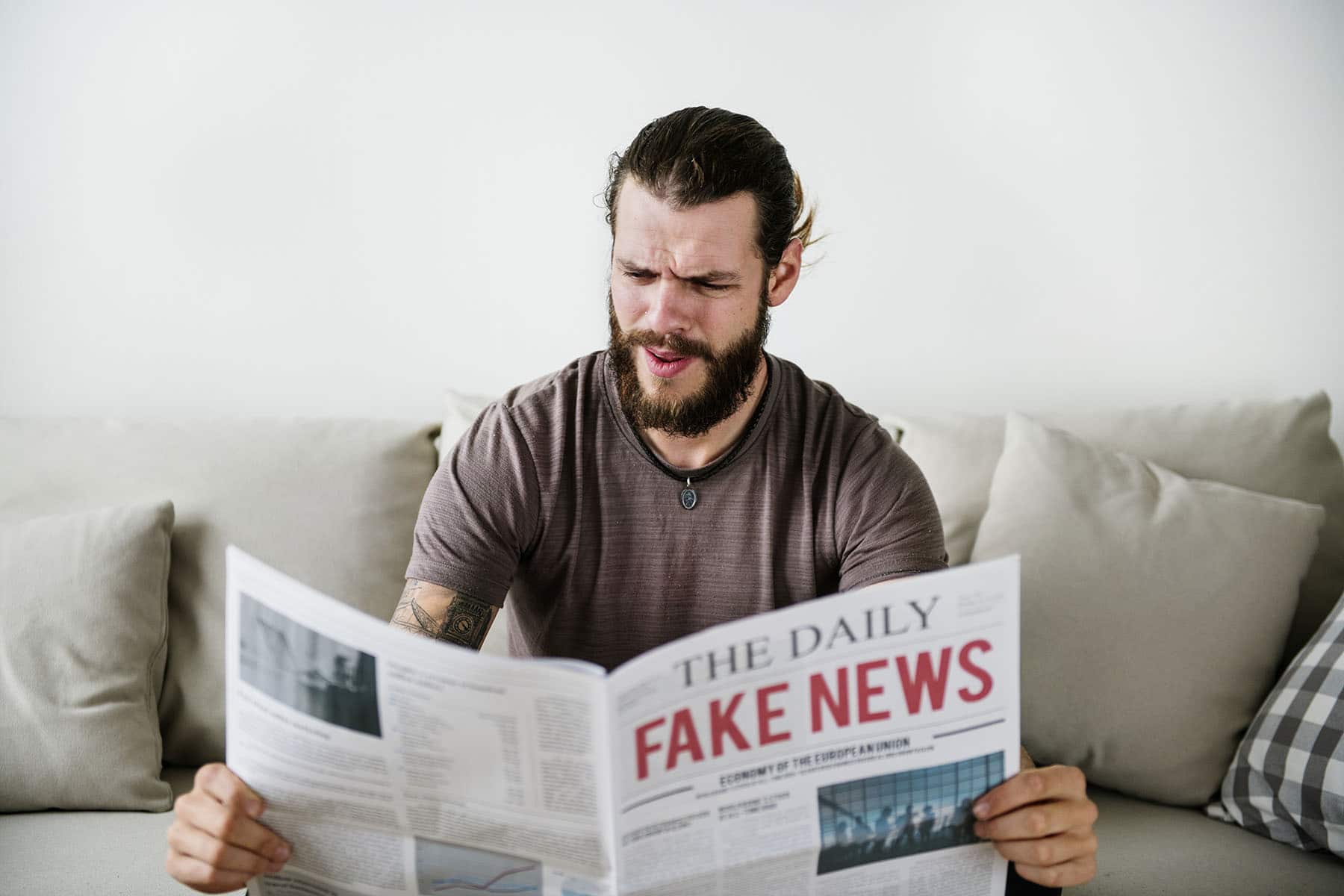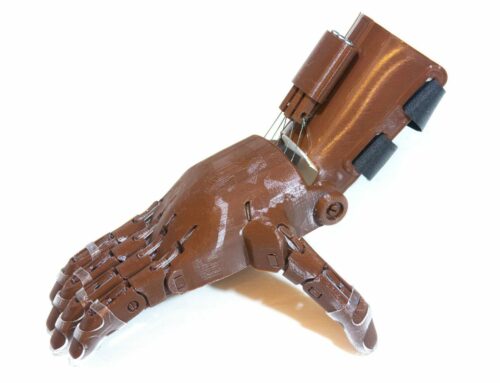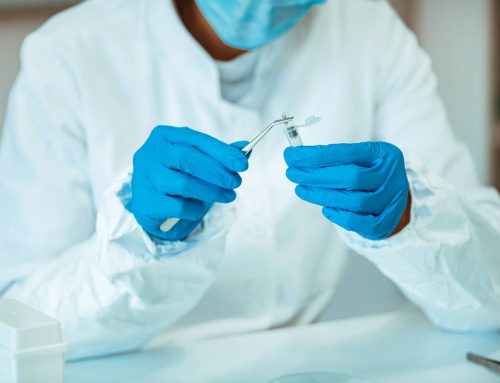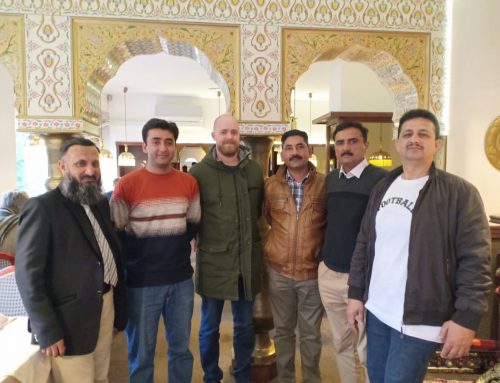Every day we hear about fake news in the papers, on radio and on television. On social media we get bombarded with fake news, and we also read posts about it there. How can ordinary consumers like us tell the difference between real news and fake news? We have to, because fake news is a high-impact business. Just consider the American elections, in which fake news played a prominent role.
Fake news, also known as alternative facts, has been described as the epidemic of our time. Nowadays, falsehoods are spread all over the world through social media within a split second, and nobody checks whether messages are based on truth or fact.
Is fake news such a new phenomenon? Of course, it is not. Governments spread lies in the past too, and this was called propaganda then. Big companies did the same thing, and it was called advertising. Still, fake news is – and was – a dangerous ulcer in our society. It has a great influence on how people think and act. Telling fact from fake news is hard or impossible for many people, which is dramatic. One reason is that we no longer take the time to think, verify and form a well-balanced opinion, because the pace of life is too fast for all this.
Scientific research has proven that social media users prefer fake news and like accepting and sharing it. Companies also jump on this gravy train, because putting an advertising message next to a fake news item is very lucrative. And those who share fake news also gain money from the advertising messages. Veles, a town in Macedonia, is currently a fake news production hotspot. With an average monthly income of less than €350 it is extremely tempting for inhabitants to create and spread fake news. Those who took on the new job saw their incomes rise from €350 to over €1800. Another country where much fake news is created is Georgia. And apart from this there are various governments that are now making deliberate efforts to influence and destabilise Western countries by spreading fake news.
What should worry us is that young people these days can no longer distinguish fake news from actual facts. Research among American students shows the following facts:
- Over 80% of American secondary-school pupils cannot see whether a news item is sponsored or real.
- One third of respondents think that a fake site of Fox News that has excellent visual material is more reliable than a real news website that has less good visual material.
- Anonymous Imgur messages are considered reliable sources by 83% of American students.
Fortunately, there are enough people and organisations left to fight fake news. Initiatives such as Trust Pilot of Santa Clara University or the French Le Monde newspaper are prime examples. Besides, Google and Facebook are already developing algorithms to counter fake news. You will soon be able to mark fake news as such on Facebook, which is a step in the right direction.
Fake news is nothing new under the sun, and it will always be there. The point is that we should be aware of it. We should only go for the best possible, reliable sources and we should only work with people who have their facts right. That is why a solid educational institute – like PIEK – is so important.










